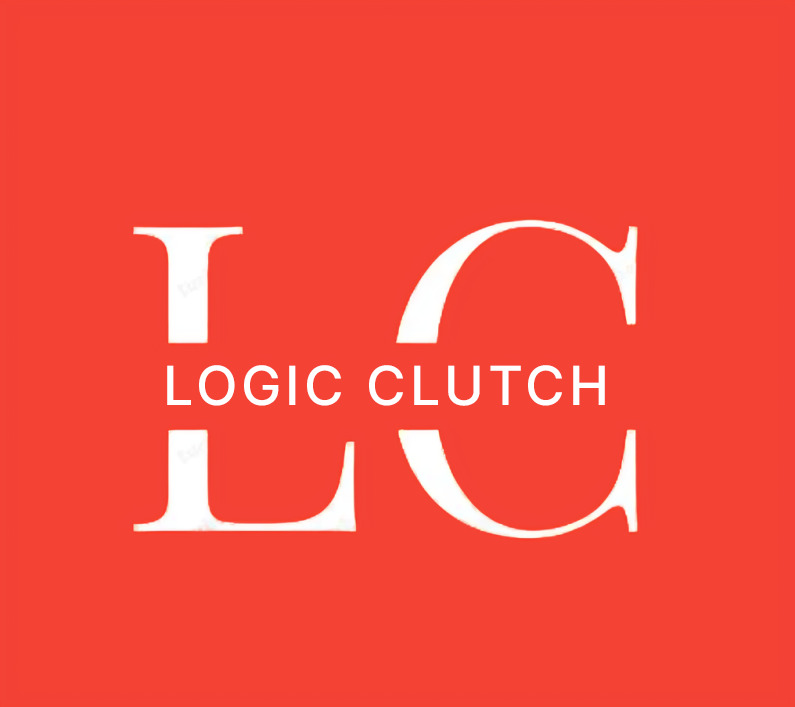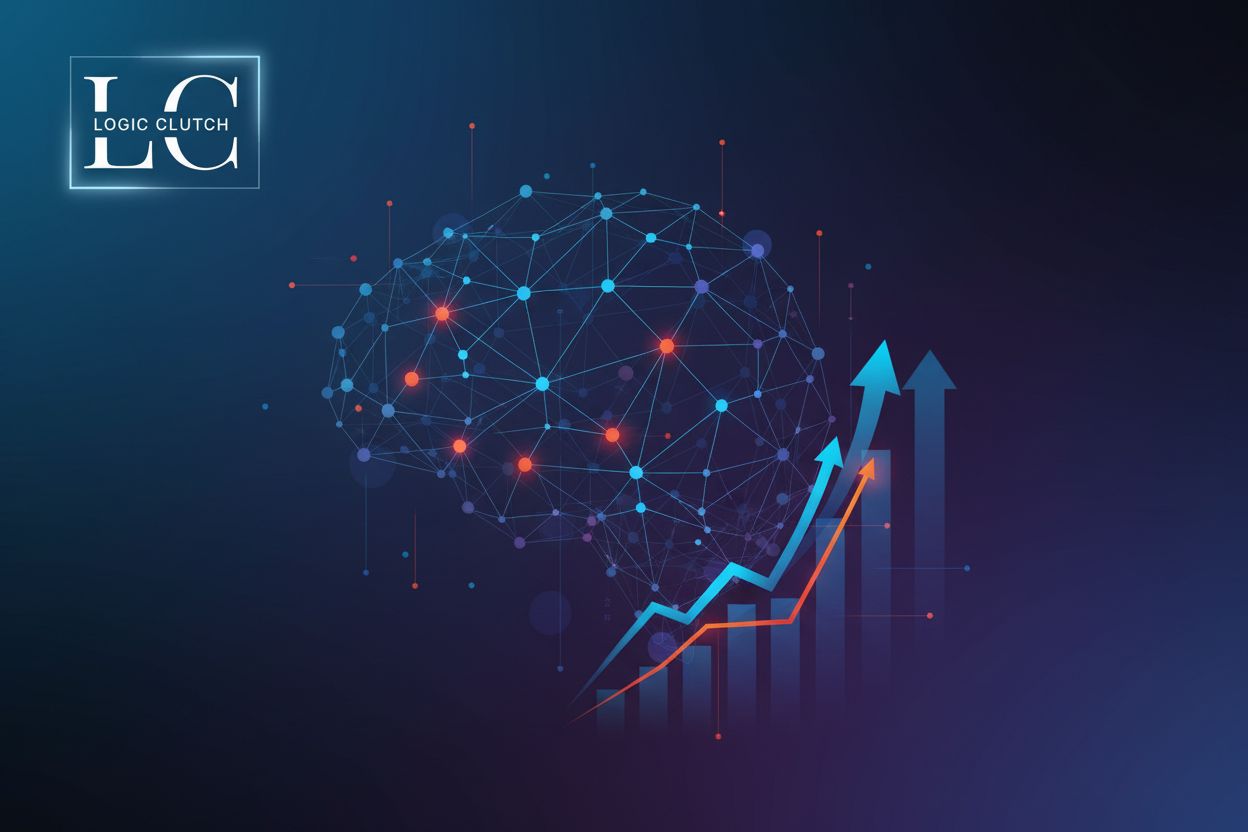Unlock Sales Potential Powering Salesforce CRM with Predictive Analytics
TL;DR
The Predictive Analytics Advantage in Salesforce CRM
Did you know that businesses using predictive analytics can see a 32% increase in ROI? That's kinda wild, right? Let's dive into how predictive analytics can seriously boost your Salesforce crm game.
Predictive analytics is basically using data to guess what's gonna happen next. It's all about spotting patterns in your data – things like customer behavior, sales trends, and marketing campaign performance.
- It uses machine learning and ai to turn raw data into insights you can actually use. Think of it like having a crystal ball, but, y'know, based on math and science.
- For example, predictive analytics can help healthcare providers identify patients at high risk of developing complications, enabling them to provide proactive care.
- It's not just about forecasting sales, it's about getting smarter with your data and making informed decisions across your whole business.
Integrating predictive analytics with Salesforce crm is a game-changer. It supercharges your crm with insights that help you make better decisions and get closer to your customers.
- It enhances the capabilities of your crm by adding a layer of predictive intelligence. This means you can identify high-potential leads, anticipate customer needs, and personalize interactions like never before.
- It improves decision-making across sales, marketing, and service teams. Imagine knowing which leads are most likely to convert or which customers are at risk of churning – that's power!
- Ultimately, it drives digital transformation and data intelligence within your organization. It's about using data to work smarter, not harder.
For instance, predictive analytics can help sales teams prioritize leads, marketing teams create targeted campaigns, and service teams anticipate customer issues. According to Salesforce, predictive analytics empowers businesses to make better decisions and improve outcomes across their business.
So, what's next? We'll explore what predictive analytics actually is and how it can transform your Salesforce crm experience.
Key Benefits of Predictive Analytics for Salesforce Users
Wanna know how to make your Salesforce crm really sing? Predictive analytics is where it's at. It's not just about guessing; it's about using data to be smarter about, well, everything.
Predictive analytics can seriously level up how you use salesforce. Think of it as giving your crm a brain boost.
Improved Lead Scoring and Prioritization: Imagine knowing which leads are actually worth your time. ai-driven lead scoring helps you focus on the most promising prospects, upping your conversion rates. Plus, you can ditch those time-wasting leads that never go anywhere.
Enhanced Customer Retention Strategies: It's way cheaper to keep a customer than to find a new one, right? Predictive analytics can spot early signs of churn, letting you swoop in with personalized engagement before they jump ship.
Targeted Marketing Campaigns: Blast emails to everyone? So last year. Predictive analytics lets you create personalized marketing experiences that actually resonate with your audience, boosting loyalty and cutting down on churn.
Accelerated Sales Cycles: Time is money, folks. By automating lead prioritization, you're not just saving time; you're focusing on opportunities that are actually likely to close, speeding up the whole sales process.
Many businesses are already seeing the benefits. Marketing Evolution, for example, uses ai to track performance and maximize marketing spending. And it ain't just the big guys; small businesses can use built-in crm tools to make smarter decisions too.
So, how does this translate to real numbers? Well, ai-driven lead scoring can boost conversion rates by 30%.
Ready to ditch the guesswork and start using data to drive your Salesforce crm strategy? Next up, we'll dive into improved lead scoring and prioritization!
Integrating Predictive Analytics into Your Salesforce System
Integrating predictive analytics into Salesforce crm? Sounds like a big job, right? But trust me, it's worth it, and here's how you can make it happen.
Picking the right tools is key, and it starts with figuring out what you actually need. What are your biggest pain points? What are you trying to predict? Then, you can start comparing options.
- Compatibility is King: Make sure the tool plays nice with Salesforce. An api that's clunky or a integration thats non existent is gonna cause headaches later.
- Features Galore... or Not: Don't get blinded by fancy features you won't use. Focus on what solves your specific problems.
- Zoho Analytics, Power BI, and More: There's a ton of options out there. Zoho Analytics works well with Salesforce, offering ai insights and data blending. Power bi integrates nicely if you're in a Microsoft shop.
For example, if you're in retail, maybe you wanna predict demand for certain products. Or, in healthcare, you might wanna forecast patient readmission rates.
Cleaning up your data is probably the least glamorous part, but its gotta be done. Think of it as decluttering before a big party.
- Data Audits are a Must: Find those inconsistencies, duplicates, and missing bits.
- Cleaning is Crucial: Get rid of those duplicates, standardize formats, and verify contact details. Remember, as Dialzara.com points out, poor data quality can lead to revenue loss.
- Validation, Validation, Validation: Set up checks to keep your data accurate over time.
Alright, time to build those models! Don't try to boil the ocean at once. Start small and iterate.
- Clear Goals are Essential: What exactly are you trying to predict? Lead conversion rates? Customer churn?
- Historical Data is Your Friend: Use what you've got to build your initial models.
- Test and Adjust: Don't expect perfection right away. Tweak those models until they're humming.
Getting your predictive analytics models set up right is a game changer. Next, we'll look at refining these models for optimal performance.
Real-World Examples and Use Cases
Predictive analytics in Salesforce crm isn't just some buzzword; it's about getting real results! So, how are companies actually using this stuff? Let's dive in.
Amazon uses predictive analytics to figure out what you might wanna buy before you even know it. They analyze your shopping habits and recommend products based on your past purchases, its pretty neat.
This leads to increased sales through personalized recommendations, better customer satisfaction, and optimized inventory management. i mean, who hasn't bought something amazon suggested?
Microsoft uses predictive analytics to check out how deals are progressing, spot potential roadblocks, and forecast revenue more accurately, pretty important for a company that size, right?
The result? Higher deal closure rates, improved sales team productivity, and better strategic decision-making for the leaders at microsoft.
Even small businesses can get in on the action. A small software company boosted its sales efficiency by 30% by using predictive lead scoring.
They analyzed customer interactions, purchase history, and engagement data to pinpoint high-potential leads, helping their sales team focus their efforts where it matters most, its a game changer for smaller teams, right?
So, what kinda challenges might you face when implementing this? We'll get into overcoming those hurdles next.
AI's Evolving Role in Predictive Sales Analytics
Okay, so how's ai changing the predictive analytics game? It's not just about crunching numbers anymore. It's getting way more sophisticated, and honestly, kinda cool.
Automated data processing and analysis: ai can sift through massive datasets way faster than any human, spotting patterns we'd totally miss. Think about it—no more endless spreadsheets!
Pattern and trend identification: Machine learning algorithms are getting crazy good at finding hidden correlations. They can predict customer behavior based on stuff you wouldn't even think of.
Real-time forecast adjustments: ai can tweak forecasts on the fly as new data comes in. So, you're not stuck with outdated predictions. It's all about staying agile.
Voice-enabled systems and ai assistants: Imagine asking siri for a sales forecast, that's where this is going.
Emotionally intelligent ai: ai that can understand and respond to customer emotions? That's some next-level personalization coming our way.
Advanced automation and proactive problem-solving: ai could soon anticipate problems and fix them before they even hit your radar.
Now, let's talk about some folks who are really diving in on the ai front. Next up, we'll explore Logic Clutch and ai-powered Salesforce solutions, so stick around!
Implementing a Predictive Sales Analytics Program
Alright, so you're ready to put predictive analytics to work, huh? It's not just plug-and-play though, you know? It takes some planning.
- Metrics, data, and analytics are the trifecta You gotta know what you're measuring (metrics), have good stuff to measure (data), and know how to make sense of it all (analytics). Without all three, you're flying blind. Plus, you'll need some sales intelligence tools powered by ai; can't do it all by hand, right?
- Accurate sales forecasting? It's not just about guessing numbers. It's about disruption and innovation. You wanna anticipate market changes and get ahead of the curve, not just react to them.
- According to cirrusinsight.com, a predictive sales analytics program improves decision-making, increases efficiency, and expands your capacity to close more deals.
First, you'll need to collect both internal and external data. Then, get yourself some analytics talent – you can't do it all yourself! Finally, implement the right analytics tools and tech.
So, what's next? Well, we gotta avoid those common pitfalls...






